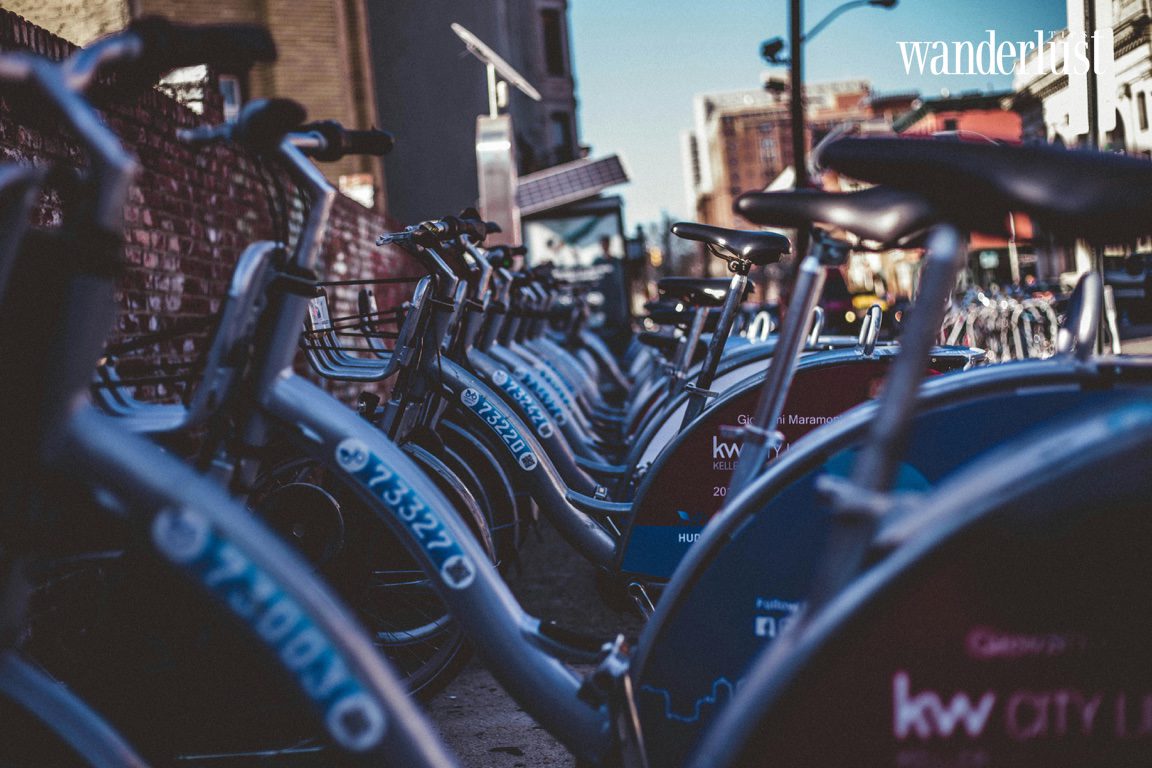For independent travelers, mastering the public transportation system in major cities around the world not only saves money but also offers a chance to immerse themselves in the local rhythm of life in the most authentic way. From underground subway rides to classic double-decker buses, from modern elevated train systems to scenic river ferries, public transport is the golden key that unlocks every corner of bustling metropolises. However, given the diversity and complexity of these systems, choosing and using them effectively requires certain experiences and know-how. Wanderlust Tips will provide you with a comprehensive guide to confidently navigate every street in major cities worldwide using public transportation.
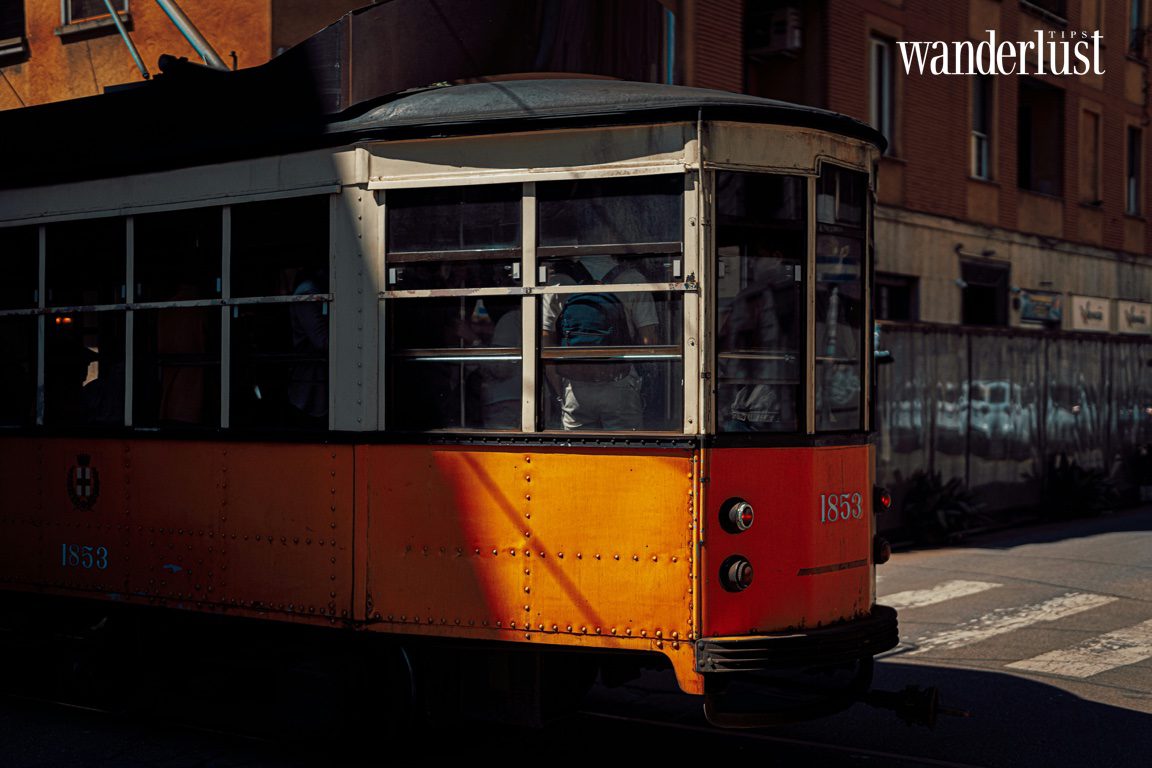
RESEARCH AND PLANNING: A SOLID FOUNDATION FOR EVERY JOURNEY
Before setting foot in a new city, the first thing you need to do is research its public transportation system. Each city may have one or more different modes of transport, with separate route networks, operating hours, and usage methods.
Identify Common Modes of Transport: Major cities typically have primary public transportation options such as subways (metro/subway), buses, elevated trains (skytrain/monorail), streetcars (tram/streetcar), ferries, and sometimes even public bicycles (bike-sharing).
Learn Maps and Routes: Most cities provide free public transport maps on the website of the transportation authority or at stations and stops. Download or carefully study the map to understand the main routes connecting the attractions you want to visit. Online map applications like Google Maps also often integrate public transport information, making it easy for you to find your way.
Check Operating Hours: The operating hours of public transportation can vary depending on the day of the week and the time of year. Make sure you understand this information to avoid missing a ride or having no transportation at night.
Learn About Fares and Ticket Types: Fares can be calculated per ride, day, week, or month. Many cities offer unlimited travel passes or stored value cards that can save significant costs if you plan to use public transportation frequently. Research ticket types carefully and choose the one that best suits your itinerary.
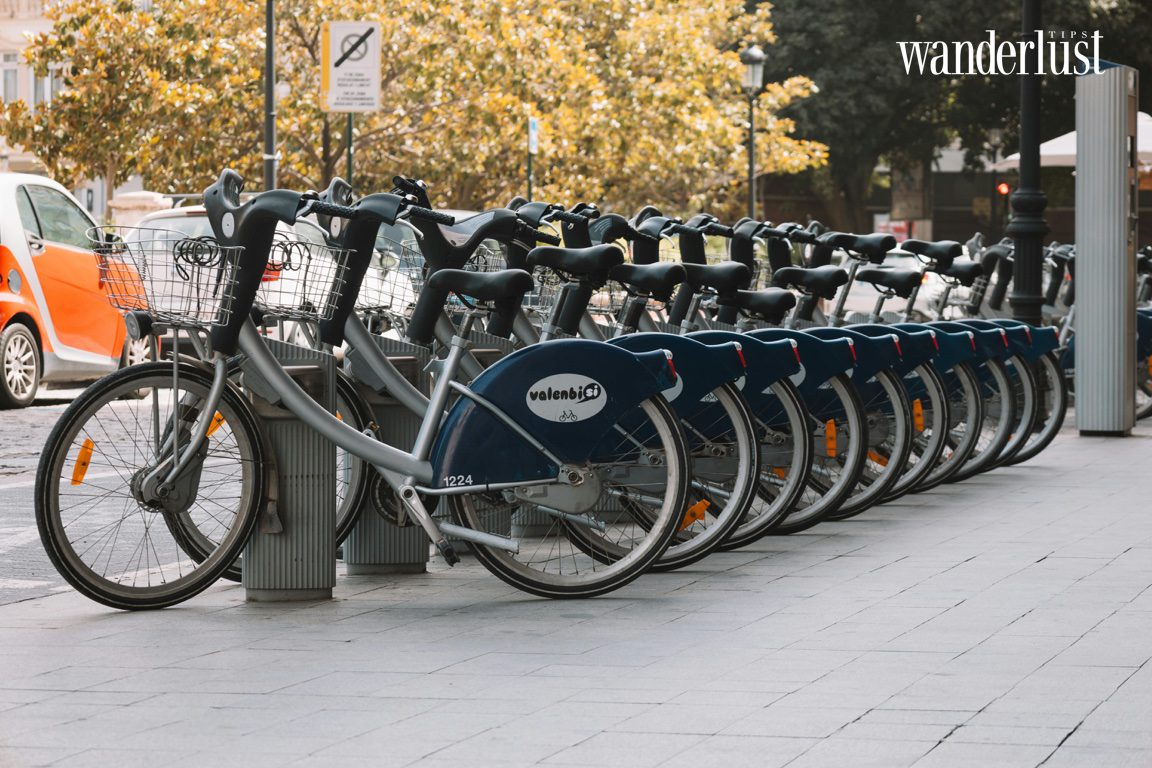
CHOOSING THE RIGHT TRANSPORTATION: FLEXIBILITY FOR EVERY LEG OF JOURNEY
Not every mode of transport is the best option for every trip. Consider the following factors to make the appropriate decision:
Destination and Distance: Subways and elevated trains are usually the fastest option for traveling between distant areas of the city, especially during peak hours when roads can be congested. Buses and streetcars are more suitable for shorter distances or areas without trains. Ferries are ideal for traveling to riverside or coastal locations.
Time: If you’re in a hurry, prioritize high-speed transportation that is less affected by road traffic, such as subways and elevated trains.
Cost: Buses and streetcars are often cheaper than subways or ferries. Compare the fares of different modes of transport to choose the most budget-friendly option for you.
Convenience: For people carrying a lot of luggage or traveling with young children, buses can be more convenient because you don’t have to climb as many stairs as at subway stations. However, be aware of potential space limitations on buses during peak hours.
Experience: Sometimes, the choice of transportation depends on the experience you want. For example, a river ferry can offer beautiful and relaxing scenery compared to traveling by subway.
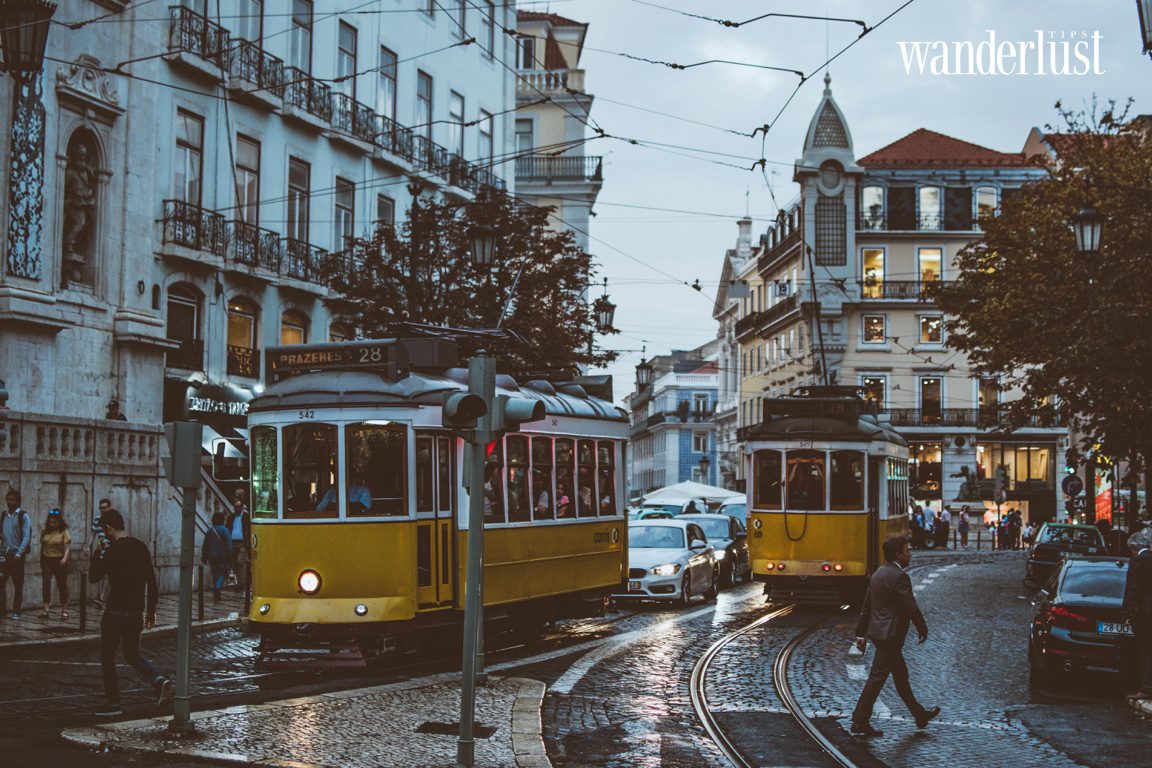
USING PUBLIC TRANSPORTATION: CONFIDENCE LIKE A LOCAL
Once you’ve chosen the appropriate transportation, equip yourself with the necessary skills and knowledge to use it confidently and effectively:
Buy Tickets and Check Fares: Buy your ticket before boarding the train or bus, unless there is a direct payment system on board. Many cities have automatic ticket vending machines at stations or stops. For travel cards, make sure you have enough balance or have activated the card before use. Always keep your ticket with you for inspection if necessary.
Find the Right Route and Destination: Look closely at the signs at stations and stops to identify the correct route and direction you need. Don’t hesitate to ask station staff or locals if you feel confused.
Pay Attention to Announcements: Listen to announcements on the train or bus, especially those about upcoming stops. Many systems also have electronic boards displaying this information.
Prioritize Seating: Offer seats to the elderly, pregnant women, people with disabilities, and children.
Maintain Cleanliness: Do not eat, drink, or litter on public transportation.
Mind Your Luggage: Keep your luggage tidy and do not obstruct other passengers.
Safety First: Always be aware of your surroundings, especially in crowded places. Hold your bag securely and avoid keeping valuables in easily accessible spots.
Use Maps and Apps: During your travels, regularly check maps or navigation apps to ensure you are going in the right direction and do not miss your stop.
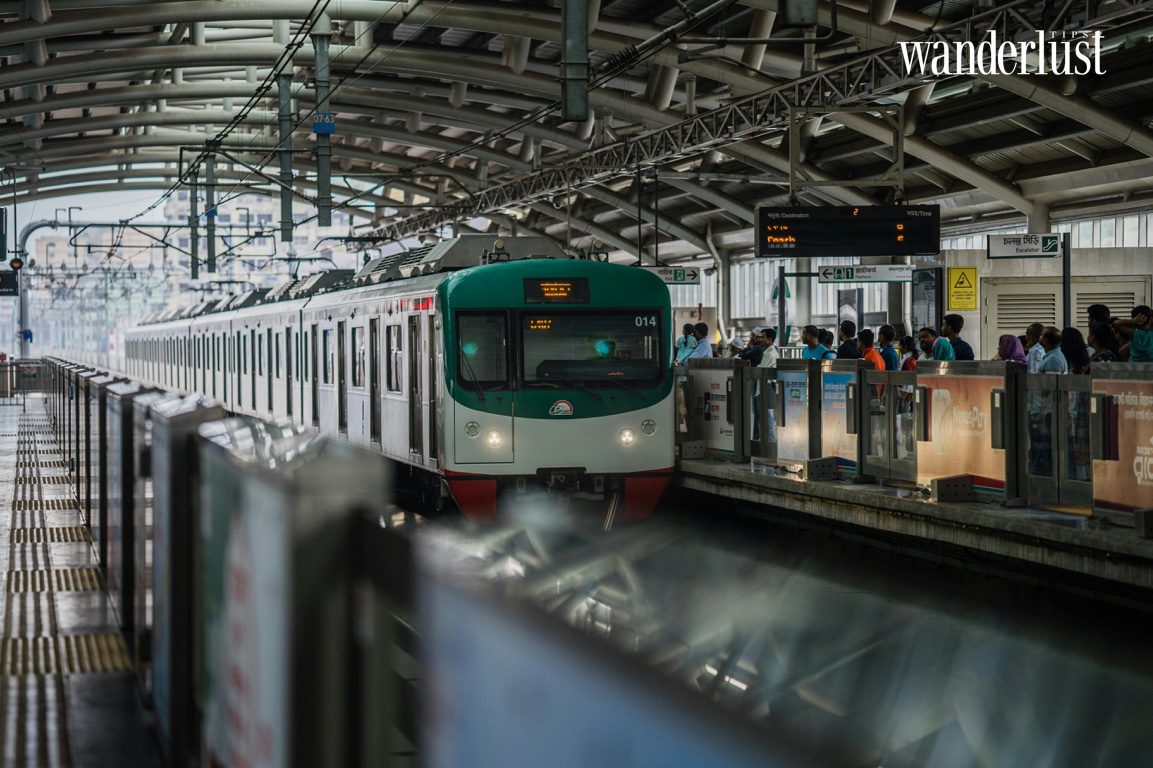
ENJOY THE JOURNEY: EXPLORE THE CITY YOUR WAY
Using public transportation is not just a way to get around; it’s also a great opportunity to observe local life and discover ordinary neighborhoods that you might miss if you only traveled by taxi or tourist bus. Be open-minded and enjoy the unexpected experiences that the journey brings.
Choosing and using public transportation in major cities around the world can be a challenge at first, but with careful preparation and a little confidence, you can completely master the system and make it a powerful tool for your explorations. Remember that every ride on a local bus or a crowded subway car is an opportunity to learn more about the culture, people, and rhythm of the city you are visiting. Wanderlust Tips wishes you joyful and memorable trips!
